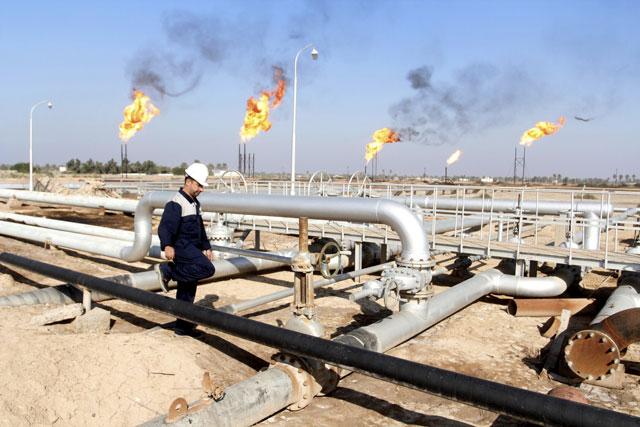You are here
IMF lowers growth forecast for Saudi Arabia, region
By AFP - Jan 21,2019 - Last updated at Jan 21,2019
DUBAI — The International Monetary Fund on Monday lowered its 2019 economic growth forecast for Saudi Arabia and the region over low oil prices and crude output along with rising geopolitical tensions.
In its World Economic Outlook update for January, the global lender lowered its projection for Saudi Arabia's gross domestic product growth this year to 1.8 per cent, down from 2.4 per cent in its October report.
However, it raised its forecast for next year by 0.2 percentage points, to 2.1 per cent.
Riyadh has projected 2.6 per cent GDP growth for 2019.
The world's top crude exporter, the kingdom has been hit hard by tumbling oil prices and saw its economy shrink by 0.9 per cent in 2017.
It has since rebounded, with healthy 2.3 per cent expansion in 2018, mainly thanks to higher oil prices and output.
The IMF also lowered its 2019 growth forecast for the region including the Middle East, North Africa, Afghanistan and Pakistan by 0.3 percentage points to 2.4 per cent.
The report only provides a detailed country forecast for Saudi Arabia.
Weak oil output growth, tightening financing conditions in Pakistan, US sanctions on Iran and regional geopolitical tensions were at the root of the forecast, the IMF said.
Major Gulf oil exporters, including Saudi Arabia, have posted budget deficits since the crash of the global oil market in 2014.
Riyadh has posted an accumulated budget shortfall of $313 billion over the past five years and projects a $32 billion deficit for 2019.
Neighbouring Kuwait approved its national budget on Monday, projecting a significant deficit for a fifth year in a row due to low oil prices.
Kuwaiti Finance Minister Nayef Al Hajraf told reporters the 2019-2020 budget projected a shortfall of $20.1 billion, or 13 per cent of the gross domestic product.
Brent crude had hit $85 a barrel in early October, but prices plunged more than 40 per cent over the following two months on oversupply and fears a trade war between the United States and China could slash demand.
They partially rebounded to just above $60 a barrel since a new deal came into effect, under which OPEC and non-OPEC oil producers agreed to trim output by 1.2 million bpd.
Oil prices have remained volatile in recent months, hitting $55 a barrel in early January.
The IMF said that “markets expected prices to remain broadly at that level over the next 4-5 years”.
Related Articles
DUBAI — A massive slide in the economic growth of Middle East top oil exporters is weighing heavily on the outlook for the entire region, th
RIYADH — Saudi Arabia on Tuesday announced an expansionary budget for 2019 but projected a shortfall for the sixth year in a row due to low
DUBAI — Saudi Arabia's gross domestic product (GDP) will shrink by 6.8 per cent this year, its worst performance since the 1980s oil glut, a














